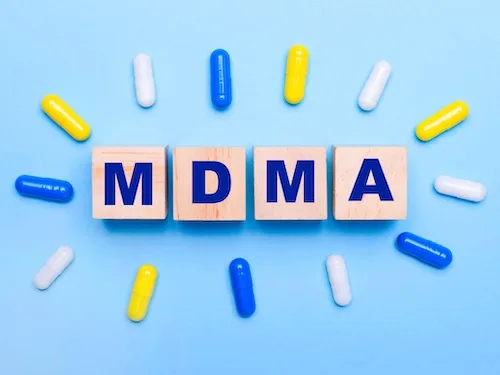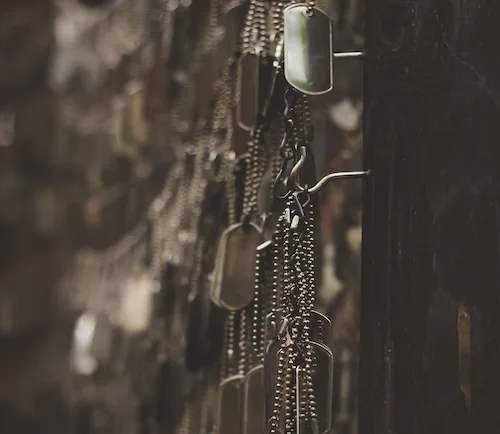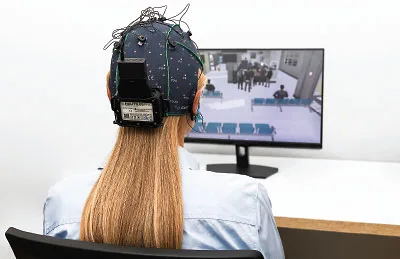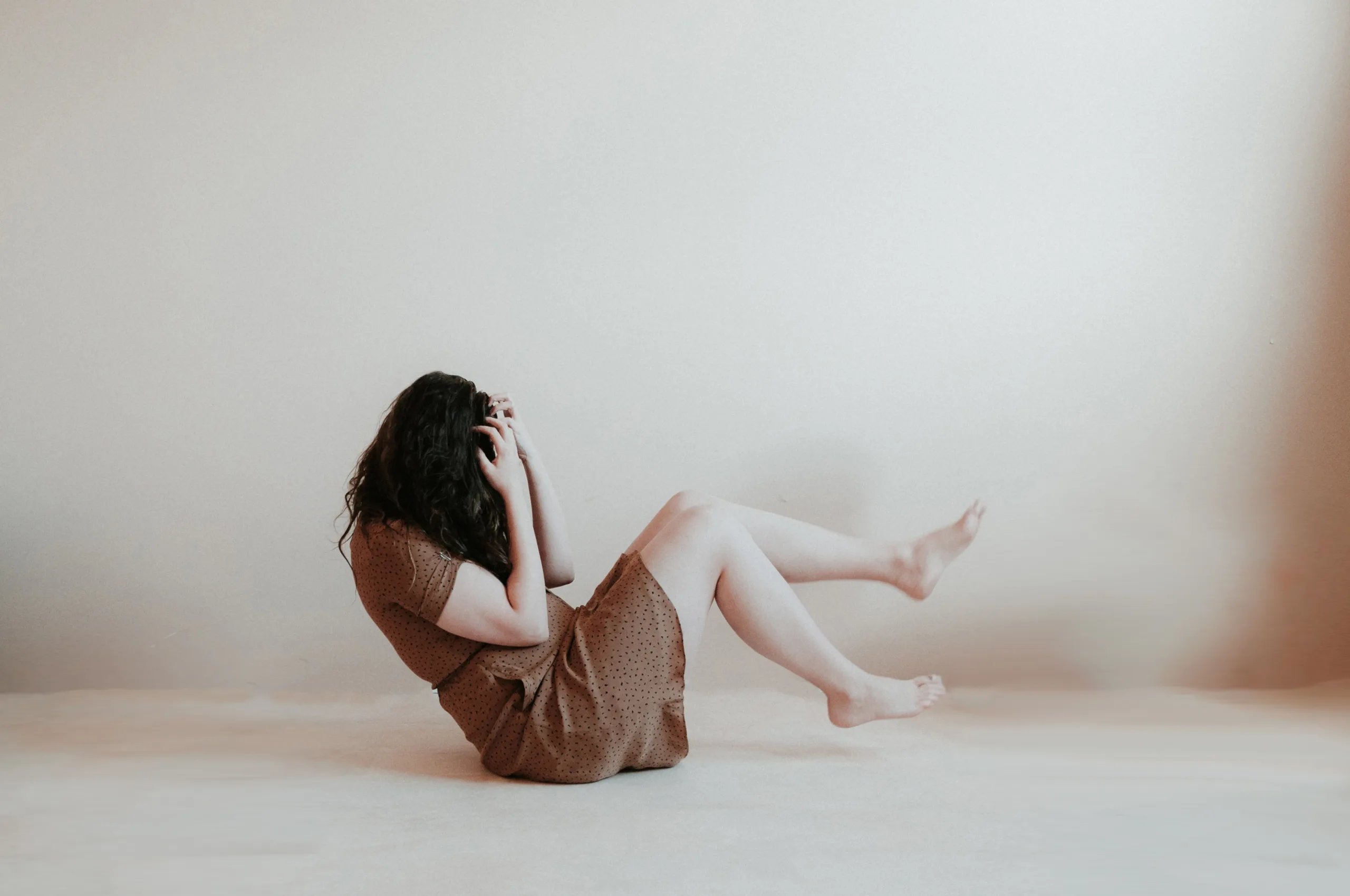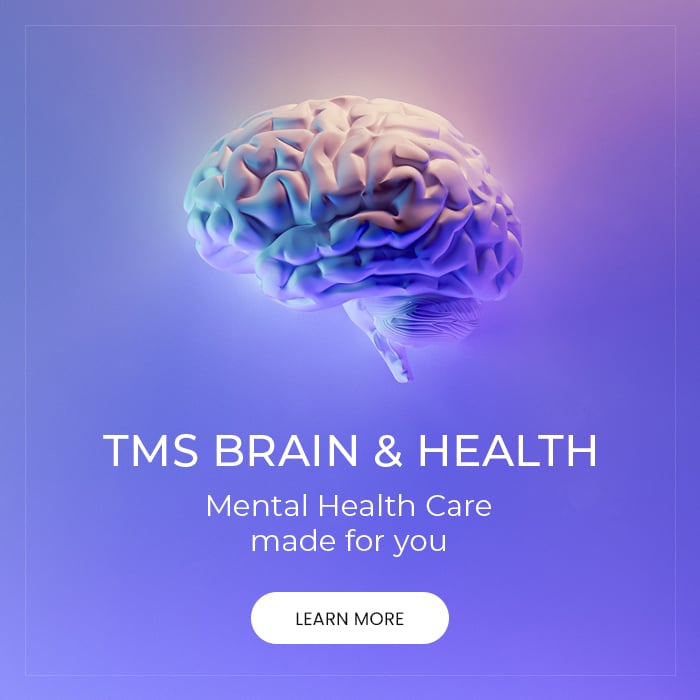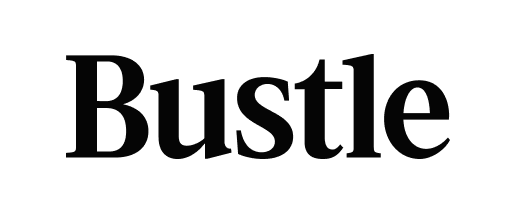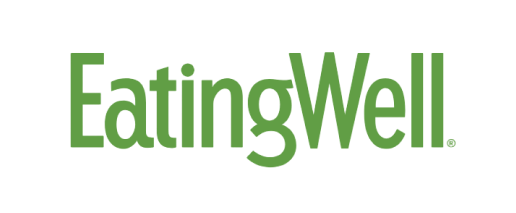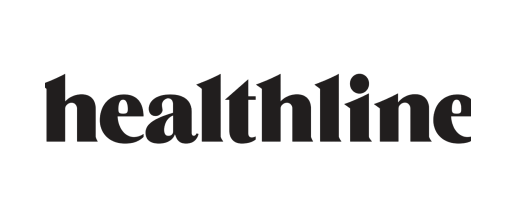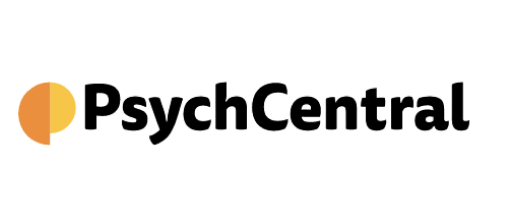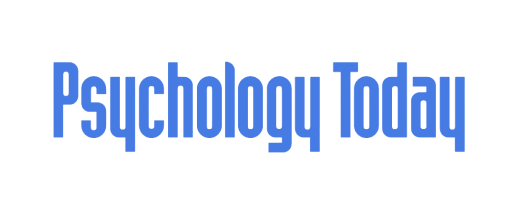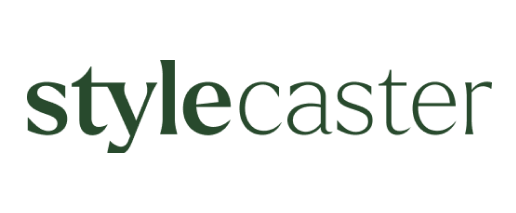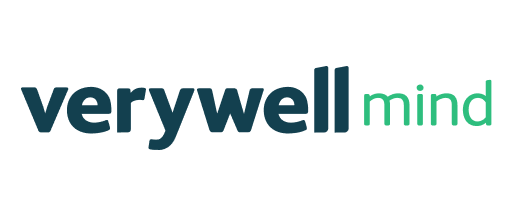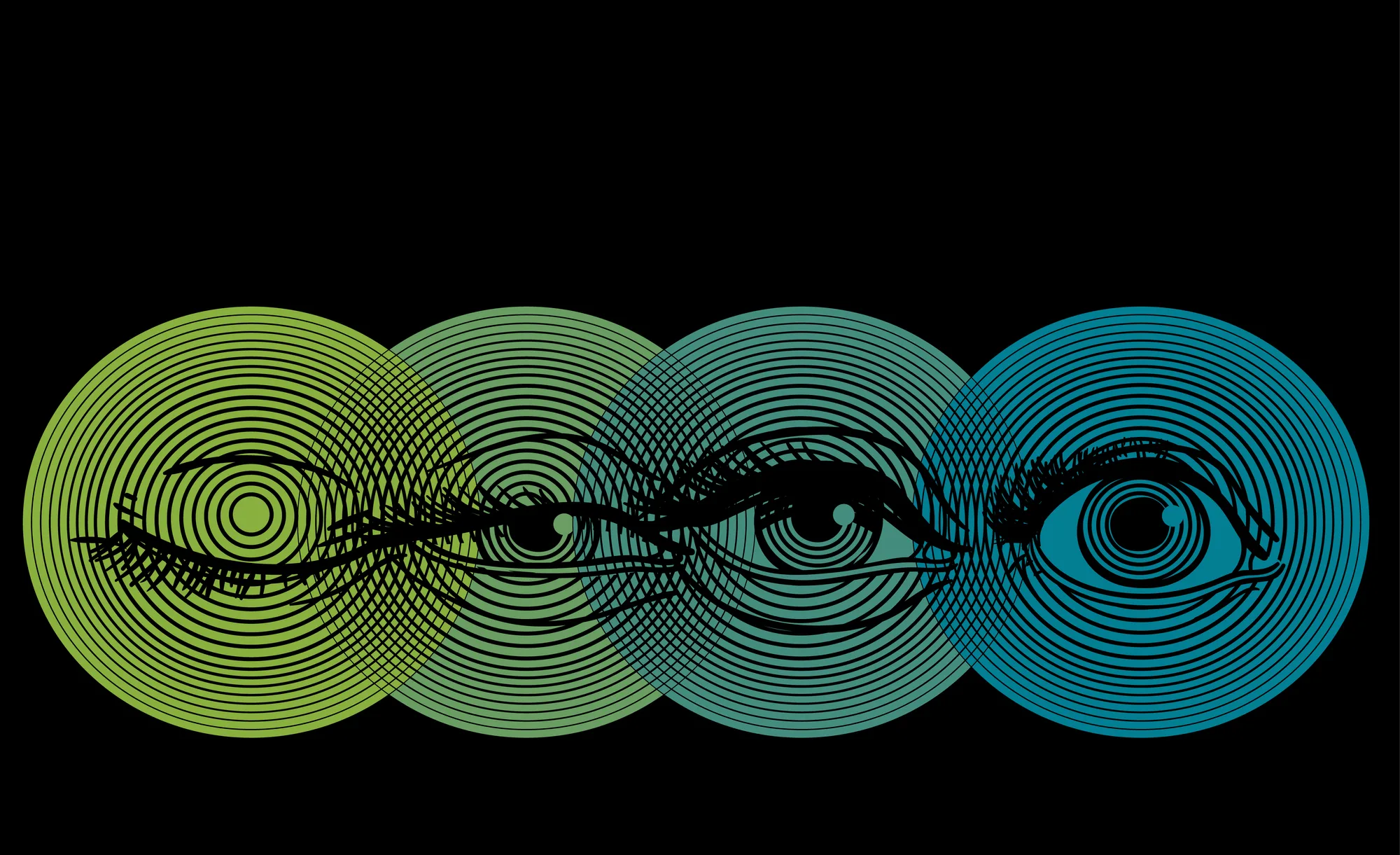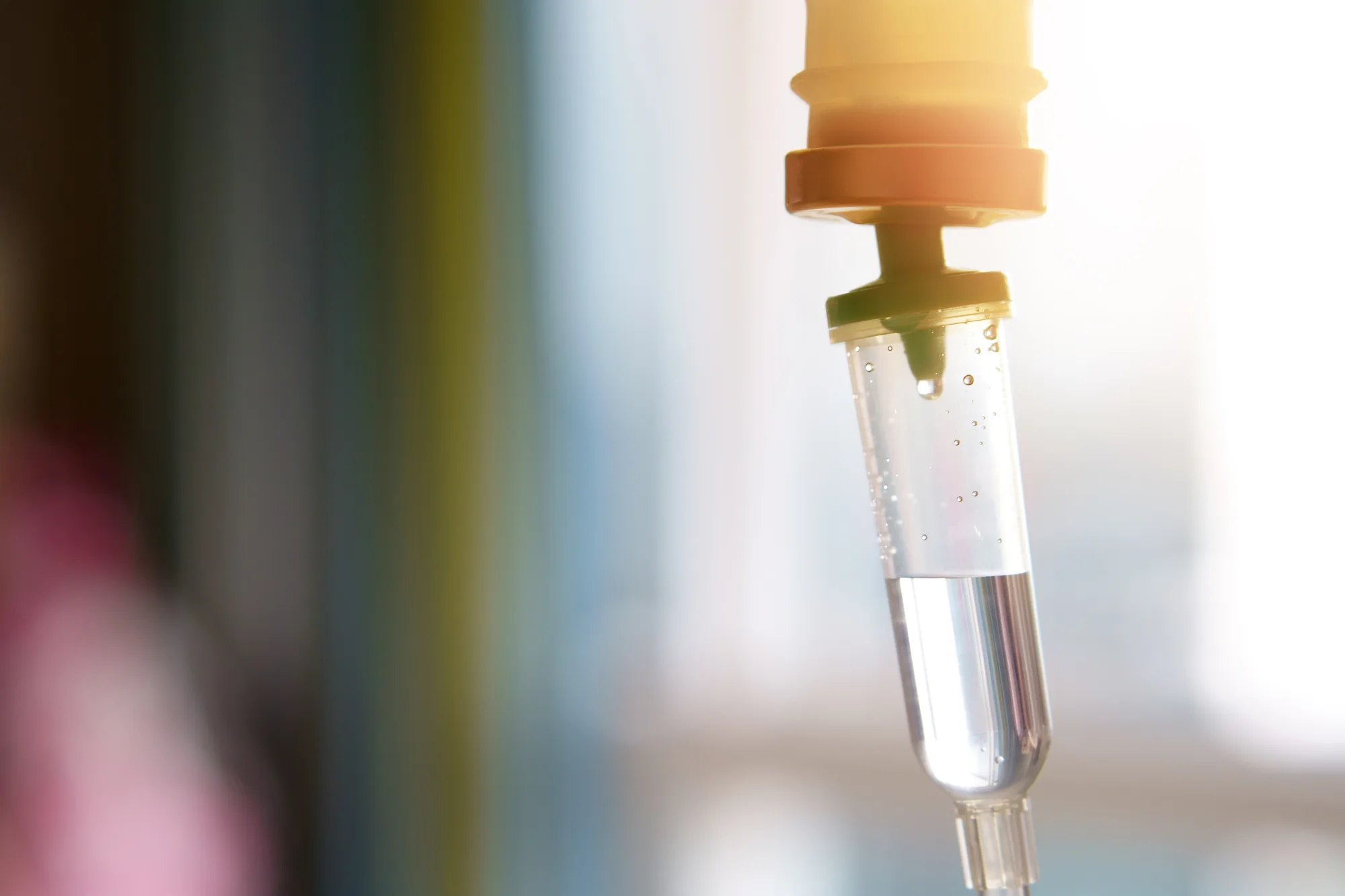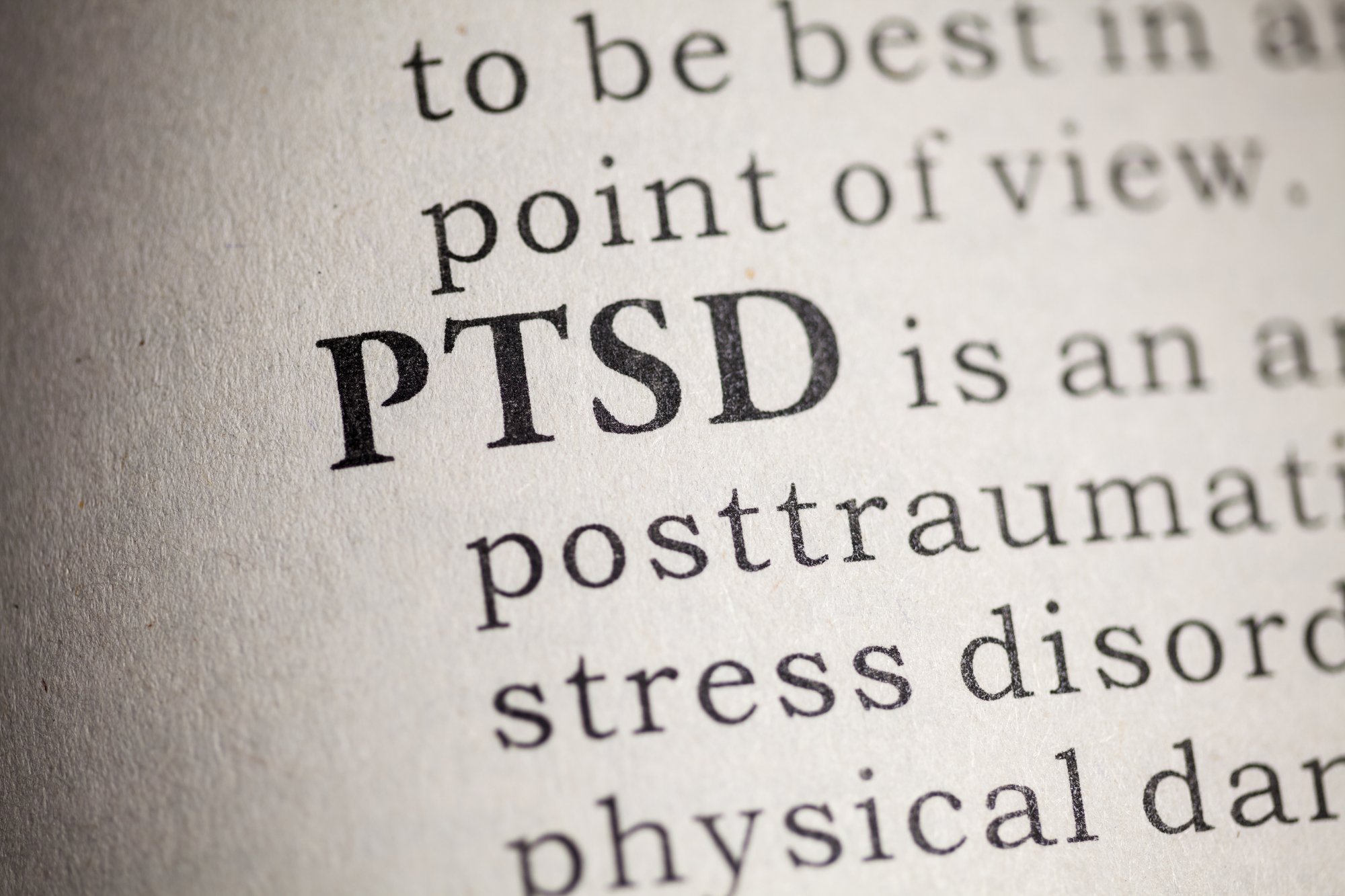At-Home Ketamine Vs. Ketamine Clinics: The Full Story
If you’re reading this, you might be considering using ketamine therapy for a mental health condition such as depression, anxiety, or PTSD. You might be confused about all of the different options for ketamine, and are perhaps wondering whether you should use ketamine at home or go to a local facility for IV infusions. For the past decade, the most common way for doctors to prescribe ketamine was at a traditional ketamine infusion clinic: a patient would walk in after a short evaluation, and then engage in a series of (usually 6) IV infusions for depression. In 2020, as a response to COVID-19, a new type of ketamine provider cropped up: online ketamine providers. These providers such as Mindbloom, Nue Life, or Joyous, would prescribe ketamine that would be shipped to the patient’s house directly from a compounding pharmacy. Instead of using ketamine in a medical setting, ketamine was instead self-administered at home. This article will weigh the pros and cons of each model, and then we will provide insight as to what we think the best way to use ketamine for each patient is.
- Local Ketamine Clinics Near You
Local clinics can offer a variety of options for ketamine. Some may offer a traditional course of infusions—usually a series of 6 infusions, followed by “maintenance” infusions as needed. The idea is that after the acute course of infusions are complete, patients only need to return once their mood starts to dip. It used to be common for providers to prescribe a compounded ketamine nasal spray after the initial series, but that has somewhat fallen out of favor because of inconsistency among compounded ketamine nasal spray and the availability of ketamine troches and Rapid Dissolve Tablets (RDTs). Most infusion clinics are run by anesthesiologists with little background in treating mental health, although those anesthesiologists are generally much more experienced with ketamine itself. The clinics that are run by psychiatrists typically opt for intramuscular (IM) injections because those are simpler and don’t require the same staffing and equipment demands. However, IM is not a preferable form of ketamine due to the rapid peak and trough.

The options at local ketamine clinics are growing. Our Los Angeles offices offer Spravato esketamine nasal spray, which is a form of ketamine that is FDA Approved specifically for Treatment-Resistant Depression. To offer Spravato, we had to obtain special REMS certifications and must abide by specific protocols which include making sure all patients stay in the office for a minimum of two hours per session, and this certification also restricts any patients from taking the Spravato home. As such, Spravato is not currently an option for anyone to take at home.
Ketamine infusions were considered to be the “gold standard” for quite some time, although no one has ever really published a head-to-head study comparing effectiveness of different forms of ketamine. The experience of infusions tend to be quite deep and powerful, and many patients report feelings of ego dissolution, time dilation, euphoria, and calmness. There are negative side effects, of course: dissociation, nausea, vomiting, headaches, and transient anxiety being the most common. There are two big drawbacks to infusions: first, one must have a ride to and from the office. This means that if the patient doesn’t have a friend or loved one to pick them up, they must rely on a taxi or Uber/Lyft. The infusions are powerful, and when the ketamine wears off, it can feel like the patient is emerging back into the world. Being in a strange car with a stranger driving through traffic is not always conducive to a positive therapeutic experience. The second drawback is the price: even though ketamine is cheap, ketamine clinics can be quite expensive at an average of $400 – $600 per infusion. In a series of 6 with ongoing maintenance, it leaves many without a viable option. Our CEO was interviewed about this very topic in The Guardian in April 2023.
- Online Ketamine Therapy
“Mail order ketamine” is something that came out of the COVID-19 pandemic relatively early on. Restrictions on prescribing controlled substances via telehealth lifted, so large and small companies alike began to figure out alternative ways to allow patients to access care without exposure risks. There are a few types of mail order ketamine that vary wildly depending on one’s philosophy about the use of ketamine. I will preface this section by stating that our belief at Bespoke Treatment is that ketamine can be a very helpful tool for many people, but it is best used as a short-term intervention as opposed to a lifelong medication. First, there is a model that patients pay the same amount on a recurring, monthly basis for daily or near-daily ketamine lozenges for sublingual administration. This is a model that at-home ketamine providers like Joyous use, as well as other providers such as Peak that went out of business in 2022. Other large companies offer packages of 6 treatment sessions, followed by a similar subscription based program after the initial treatment course has been completed. These sessions are, for the most part, entirely self-guided. However, some companies are starting to offer a bit more structure (e.g., an app for regular check-ins).
This model does not come without its risks, and those risks are significant. Ketamine is generally a pretty benign drug—compared to most antidepressants, the side effect profile is much more mild. However, it is also a drug that has real risks of abuse, and liberal prescribing practices can increase that risk to potentially catastrophic levels. Ketamine-related calls to Poison Control in California increased by 264% from 2015 to 2019, demonstrating that ketamine is becoming more popular in general. In fact, a drug and alcohol treatment center funded a survey of 2,000 Americans, where they found that over half of people prescribed ketamine at home had used more than the prescribed dosage. However, the methodology of this survey is not publicly available, and the company that funded the survey (APN) offers in-clinic ketamine therapy and a variety of different types of substance abuse treatment. It is difficult to determine just how accurate those statistics are.
There are two important studies that demonstrate both the safety and efficacy of online ketamine providers for at-home use. The first was funded by Mindbloom, although it did have legitimate researchers with university affiliations who authored the study. This study found that out of 1,247 patients, 62.8% of them found significant relief from at-home ketamine. They also found that only 6 out of 1,247 patients dropped out, suggesting that this treatment modality was safe to use at home, and that the medication was not being diverted. This study also found that there were two trajectories of improvement for at-home ketamine patients: some who found relief in a linear fashion, and another group who responded, but their response was delayed until about halfway through the series.

Another study published in 2022, this time commissioned by Nue Life, examined 210 patients who used their online sublingual ketamine program. The researchers found that 47.6% of patients showed significant reductions in depression and anxiety scores after just three sessions. However, the patients who completed additional sessions had a higher reduction of anxiety and depression scores overall. It is notable that the methodology here was a chart review, and neither of these are necessarily randomized controlled trials. Additionally, this study did not measure safety nor did it measure diversion; instead, they simply instructed patients to use the ketamine in the presence of a “sitter.” They did measure side effects by asking patients to fill out a questionnaire, which included everything one would expect from ketamine: nausea, dizziness, headache, and balance issues. When experiencing these side effects alone and without the presence of a clinician, the use of at-home ketamine becomes significantly more risky. Additionally, because ketamine is addictive, there is a huge risk for diversion (e.g., a patient deciding that they would like to sell their medication on the black market) and abuse (e.g., a patient taking more than prescribed, as alluded to in the APN survey.
- The Bespoke Solution
We have carefully considered all options for prescribing ketamine, as well as all routes of administration. Our virtual programs and clinics are both directed by board-certified, licensed psychiatrists. This means that, unlike the clinics run by anesthesiologists, we have the expertise to deal with both simple and complex mental health conditions. This is important, because while ketamine can be helpful as a short-term intervention, it may not be what’s needed to for true remission and optimal recovery. As such, we have the ability to continue to make recommended changes to each patient’s treatment plans that don’t always include ketamine, while other clinics are only able to suggest more ketamine. Our clinics provide a safe set and setting to heal with ketamine, and we offer IV infusions as well as Spravato esketamine nasal spray. We are also able to accept CareCredit for ketamine infusions, so the price of the series can be paid for over time. Alternatively, many patients use their insurance for Spravato.
Sometimes, our in-office services are not the best fit for each patient. Some patients would do much better completing the psychedelic track of the IOP, which is a holistic virtual program that involves two ketamine assisted therapy sessions per week and an integration group. In the IOP, a licensed psychiatrist will evaluate and monitor your treatment on a weekly basis and may prescribe small amounts of ketamine for use during therapy. You will be assigned a therapist and case manager, and it’s all online—meaning that a therapist watches you self-administer the ketamine prior to start your therapy appointments. The schedule is twice per week, and the length is often around 8 months, although the duration of the program is highly personalized. Our data suggests that patients can expect an average of a 60% decrease in depression scores over 8 weeks, and we have a success rate over 90% for people in the IOP. We believe that by prescribing small doses of ketamine for use during therapy, and having our clinicians monitor the use of ketamine directly via Zoom lowers the potential of risk and abuse. Like our other programs, our IOP is also able to accept CareCredit and insurance.


